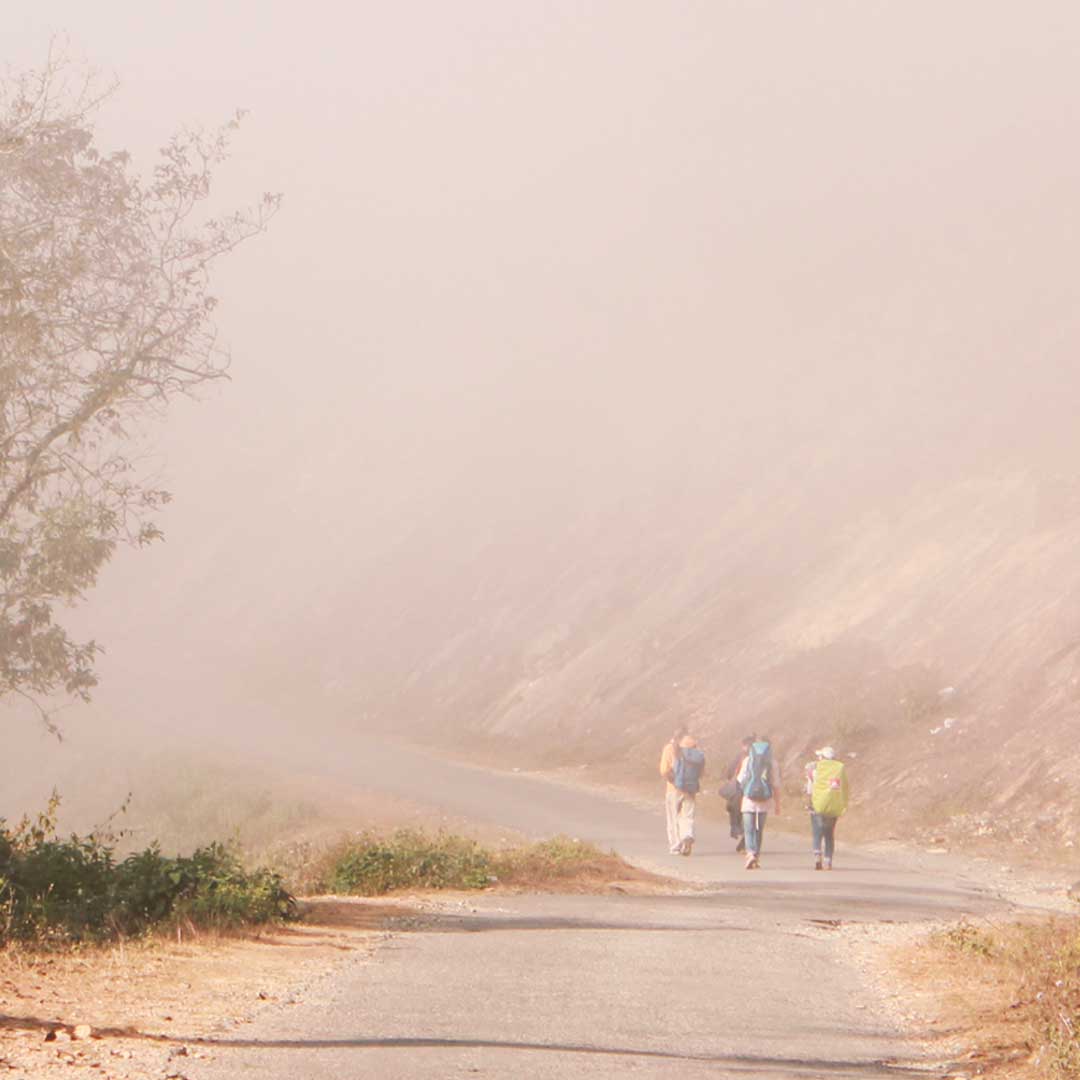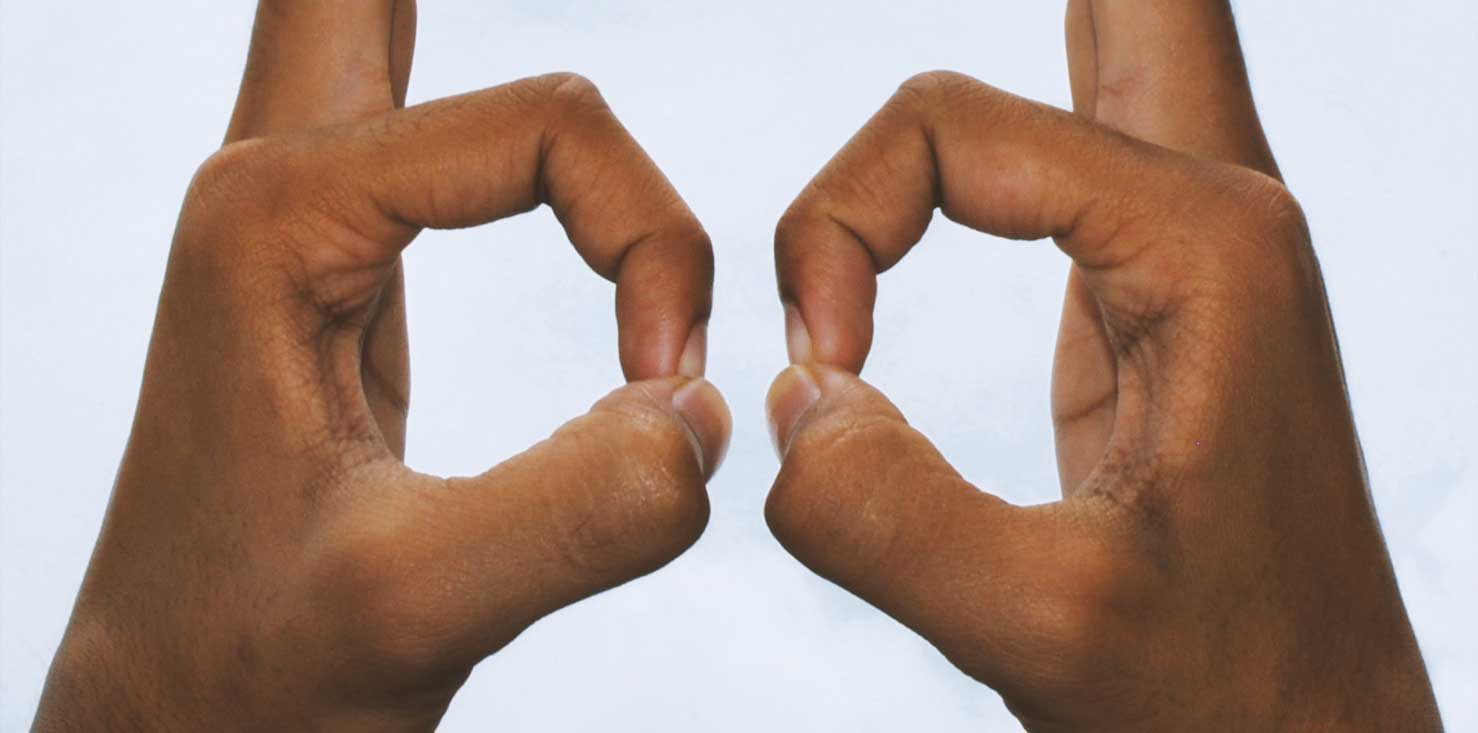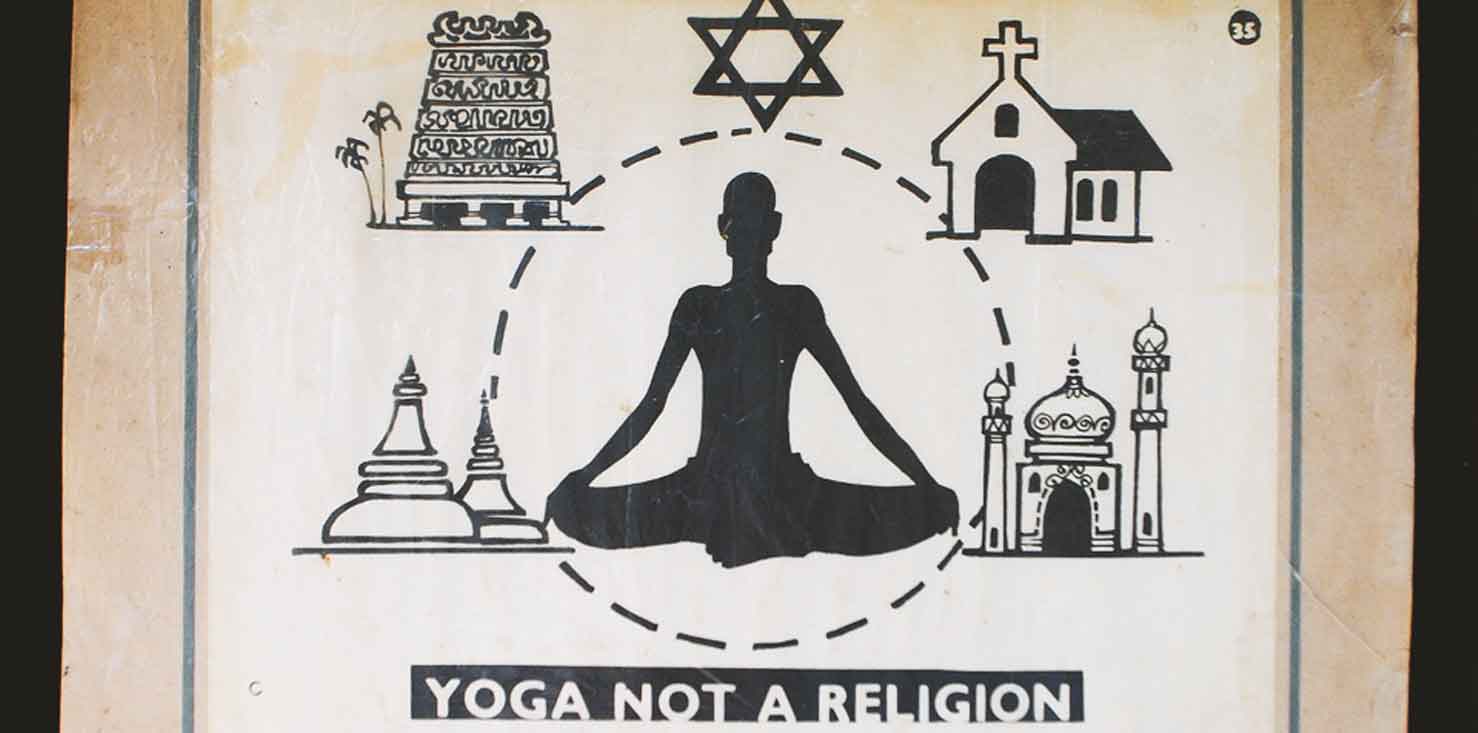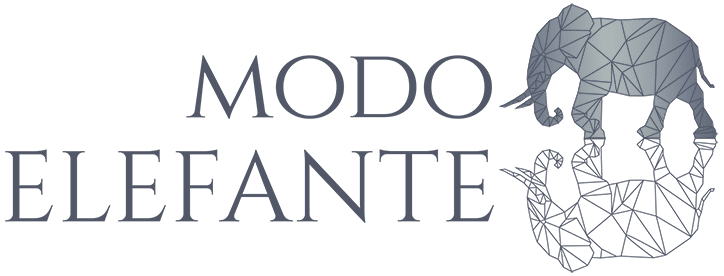

Modo Elefante is an online breathing meditation center, with occasional private in-person retreats (request in-person programs for groups and companies).
Whether online or in-person, we always work with small groups, ensuring an intimate and meditative atmosphere.
The center is entirely secular in nature. Spirituality here revolves around the universal principles of consciousness, love, and simplicity, independent of any religious ideology.
Below you can get a broader idea of the project, reviewing its fundamental practical-theoretical bases.

The really deep moments in meditation are unpredictable, unique, unforgettable, always unrepeatable and, generally, indescribable. They are like a trip of self-discovery through unexplored internal lands, which is completed only when we open our eyes with perceptions of the beyond different from those who have never embarked on experiences of this kind... They are like the episode of a ceremony which celebrates connecting to an inner source of inexhaustible energy.
The routines in Modo Elefante are based on ancestral meditation techniques, breathing exercises and physical movement practices from ancient yoga culture, as they did in lay spiritual communities of old India thousands of years ago.
Breathing meditation is practiced to access the emotional forces of body and mind. Breathing is a physiological process of energy absorption and the way we breathe triggers vibrations that influence our entire being.
Breathing is directly connected to the brain, the central nervous system, and virtually to every system in the body, making it the most vital process in the human structure. It also connects to the hypothalamus (the part of the brain involved in emotional responses) and the vagus nerve. Both the hypothalamus and the vagus nerve, along with other physiological parts, are responsible for transforming our perception of life into cognitive experience, which we can refine through the practice of ancient breathing patterns in a meditative environment.
In this way, Modo Elefante uses breathing as a fundamental axis of self-knowledge, and it does so through ancestral patterns to create states of deep connection in order to observe ourselves from an internal perspective different from the usual one.

Ancient yoga is simple, secular, poetic and based on a meditative trend according to the principles that gave rise to it in classical India.
Its most basic objective is to strengthen the following four faculties of the mind through yogic postures and breathing exercises:
I. Skill.
II. Detachment.
III. Knowledge.
IV. Power.
It also sees life holistically with the following four pillars:
I. Healthy diet.
II. Healthy recreation.
III. Healthy routines.
IV. Healthy thoughts.
Samkhya is one of the first philosophical structures of humankind and the theoretical framework of ancient yoga (it begins to take shape about 3,000 years ago)
In it, for the first time, the human mind dares to question the concepts of consciousness and evolution without having to go to a divine entity to answer its questions.
The result: an elegant 25-point outline of the evolution of consciousness, exhibiting complete freedom of thought along with a reliance on agnostic wisdom.

Movement at the level of joints and endocrine and nervous systems is key, since in the body our entire emotional spectrum, our reactions and program of beliefs are densified.
By doing physical exercise together with specific breathing patterns, we create balance in these systems, which opens a channel of energy that goes directly to the mind, where the true process of self-knowledge and healing driven by meditation begins.
Both the meditations as well as the breathing patterns practiced in Modo Elefante generate a degree of movement designed to remove the emotional energy lodged in the different parts of the body.
